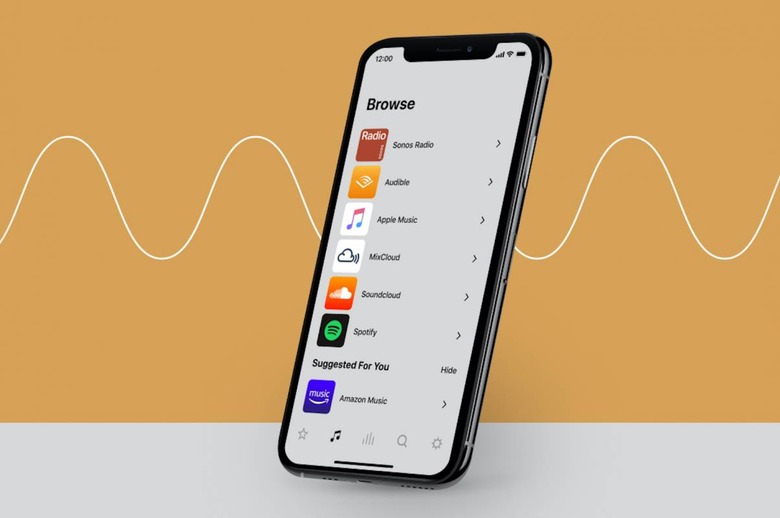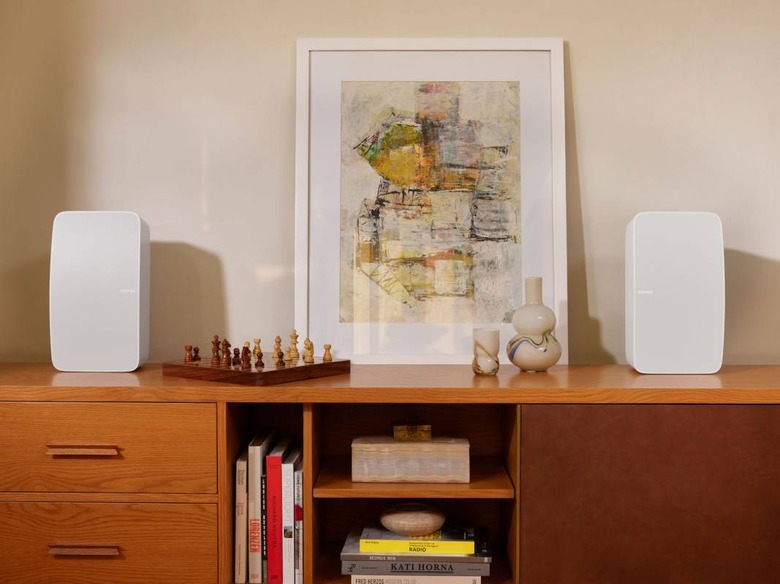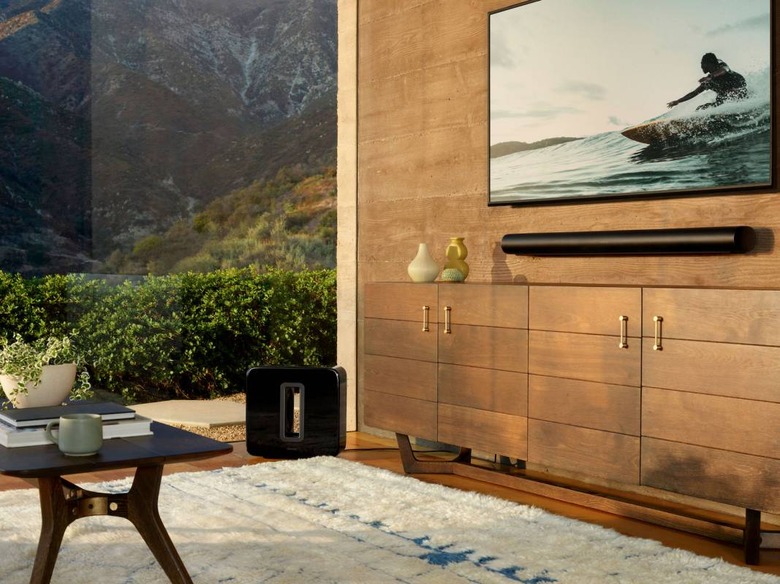Sonos' Big S2 Upgrade Lands June: Here's What That Means
Sonos has revealed the big day it'll be releasing its next-gen S2 software, and with the new Arc soundbar on the scene we're finally seeing why this big change is so important. It's been a tough few months for Sonos, facing criticism from some of its most loyal users over the transition from the S1 software to this new S2 release on June 8.
Why is Sonos switching to S2?
Sonos was a little vague when it announced S2, at least when it came to the benefits of the new platform. There'd be "new hardware and experiences," the company promised, along with support for higher audio resolutions, new grouping options, and "increased personalization" down the line. Now, we have a better idea of what that actually means.

The Sonos Arc, announced this week, is a direct beneficiary of S2's upgrades. It's Sonos' first Dolby Atmos speaker, and the bandwidths required for the 3D surround-sound system simply weren't supported by the current S1. That's why Sonos' existing soundbars, like the Playbar and Beam, don't offer it.
Looking forward, it also allows Sonos to focus on new features without having to make sure they run on the company's very oldest hardware. That's a tough Band-Aid to pull off – nobody likes to be left behind – but once it's done, there'll be things like more processing power for adding new functionality.
I still have old Sonos products - can I install S2?
Those who have been with Sonos for the long-haul are going to find themselves in the trickiest situation with S2. The company's earliest products are still going strong musically, but their compete hardware just isn't up to running the new OS.
As of now, these are the six Sonos products that aren't compatible with S2:
Come June 8, when Sonos releases S2, it'll rename the existing Sonos app. That "Sonos S1 Controller" will still give all the same functionality that you have today, and it'll be compatible with any Sonos product released before the Arc, Five, and Sub (3rd Gen) arrive on June 10. The company says it'll continue pushing out bugfixes and security patches as long as it can, though you won't get any new features.

Even if you have S2-compatible devices, you don't need to be in a rush to upgrade. Sonos says that'll be optional, and you can continue using all of your pre-June 10 speakers on S1. As with the legacy devices, you'll miss out on new features, which Sonos is prioritizing development for on S2.
If you want new Sonos hardware, you need S2
If you're new to Sonos – maybe your first product is the new Arc soundbar – or you're planning to add it, a Five, or a Sub (3rd Gen) to your existing, non-legacy Sonos devices, you'll need to be running S2 for them all to work together. No hardware released by Sonos after S2's arrival in June 2020 will be S1-compatible.
Then you'll get things like higher-resolution audio support, smarter and more intuitive grouping, and the other software enhancements that Sonos is promising from its new OS.
Sonos S1 and S2 networks can co-exist - but not communicate
The big issue comes if you have legacy Sonos hardware but you also want to add new Sonos products that are only compatible with S2. In that case, you'll have to split your system into two, effectively distinct networks.

On one side, you'll have the S1-compatible speakers, which means the legacy models and any other, more recent (but pre-S2) speakers you might want to use with them. On the other side, there'll be anything upgraded to S2, or that comes with S2 out of the box, like Arc, Five, and Sub (3rd Gen). The Sonos S1 Controller will handle the former; the new Sonos app being released on June 8 will control the latter.
It's not an idea situation. One of the advantages of Sonos has always been its ability to treat all of your speakers as parts of a whole-home system. Since you can't join an S1 and an S2 group together, or have a speaker that's part of both OSes, you're forced to choose one way or the other.
For most, committing to Sonos S2 seems the best route. Sonos is still running its Trade Up program, and the terms are much better than when it first launched late in 2019. You still get 30-percent off a new product when you Trade Up from an eligible legacy one, but you now get to keep that old speaker, and it still functions (as an S1 device).
The big question when Sonos announced S2 and the issue of incompatibility was just how pressing the update would be. With Sonos Five replacing Play:5, and the 3rd-generation Sub replacing the 2nd-generation version, a bigger chunk of Sonos' range is going to be S2-only. For now, those wanting to stick with S1 will still have options to choose from in Sonos' current line-up, but it's clear that won't be the case forever.
